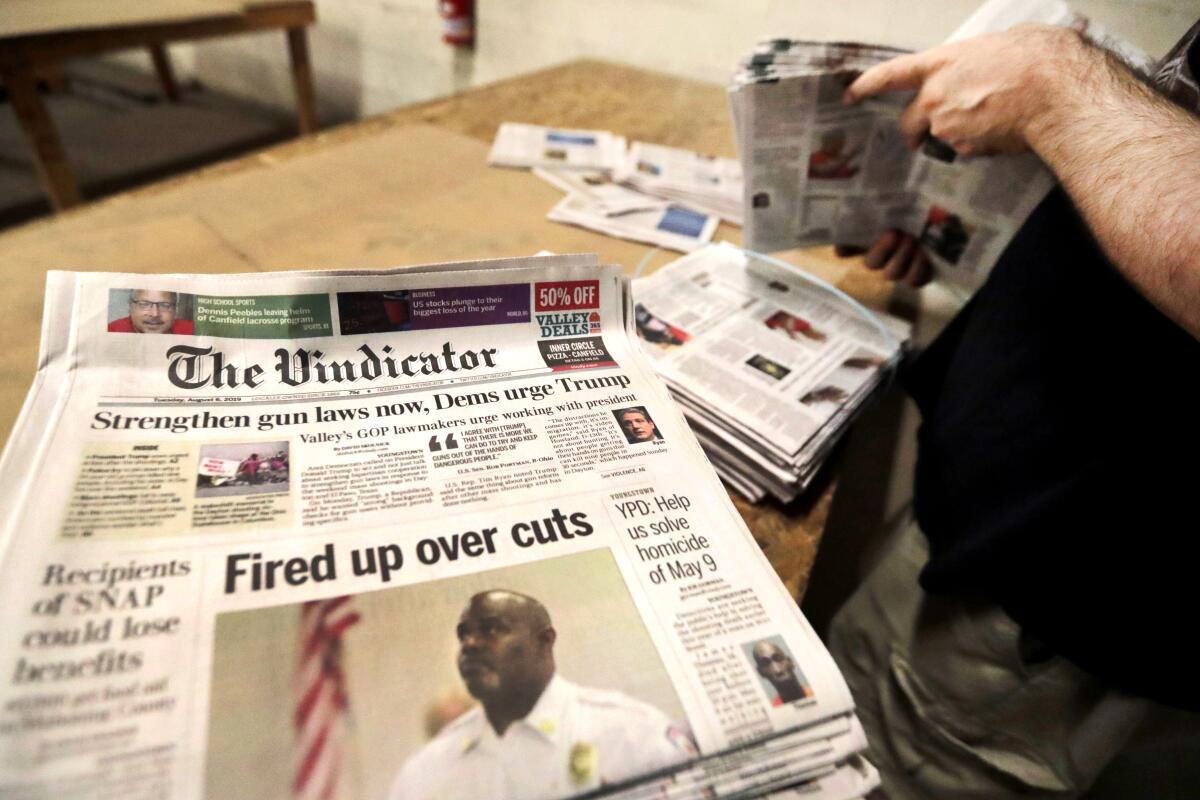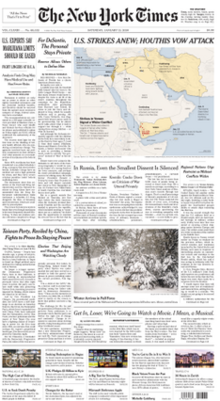News Articles Can Be Fun For Anyone
News Articles Can Be Fun For Anyone
Blog Article
Little Known Questions About News Articles.
Table of ContentsHow News Articles can Save You Time, Stress, and Money.More About News ArticlesWhat Does News Articles Do?News Articles Can Be Fun For AnyoneSome Known Incorrect Statements About News Articles
Great knowledge of different subjects provides trainees a competitive side over their peers. Despite the fact that digital and social media are easily easily accessible, we must not fail to remember just how essential it is to check out the papers. Moms and dads have to attempt and inculcate the practice of checking out a newspaper as a daily regimen to continue the heritage of the revered print medium.Information stories likewise contain at the very least one of the complying with important characteristics loved one to the intended target market: closeness, prominence, timeliness, human interest, oddity, or effect. The related term journalese is sometimes made use of, generally pejoratively, to describe news-style writing. Another is headlinese. Papers normally abide by an expository writing design.
Within these restrictions, information tales additionally aim to be detailed. Among the bigger and much more reputable newspapers, fairness and equilibrium is a major factor in providing details.
Newspapers with a global target market, for instance, have a tendency to make use of an extra formal style of composing. The specific selections made by an information electrical outlet's editor or content board are frequently accumulated in a design guide; common design overviews include the and the United States Information Design Book. The major goals of news writing can be summarized by the ABCs of journalism: precision, brevity, and quality.
News Articles for Dummies
As a rule, journalists will not make use of a long word when a brief one will do. They make use of subject-verb-object building and construction and vivid, energetic prose (see Grammar). They use anecdotes, instances and metaphors, and they seldom rely on generalizations or abstract concepts. News authors try to avoid using the exact same word extra than when in a paragraph (occasionally called an "echo" or "word mirror").
Headlines often omit the topic (e.g., "Jumps From Watercraft, Catches in Wheel") or verb (e.g., "Pet cat woman fortunate"). A subhead (likewise subhed, sub-headline, subheading, caption, deck or dek) can be either a subservient title under the main heading, or the heading of a subsection of the article. It is a heading that precedes the main text, or a team of paragraphs of the main message.

of a post subject, source, or interviewee), it is described as a drawn quote or pull quote. Additional signboards of any of these kinds may show up later on in the post (especially on succeeding pages) to entice more analysis. Journalistic web sites in some cases make use of computer animation techniques to exchange one signboard for an additional (e.g.
Little Known Facts About News Articles.
Such signboards are likewise utilized as pointers to great site the write-up blog in various other sections of the magazine or website, or as promotions for the item in other magazine or sites. Press release of the Swiss federal government. Normal framework with title, lead paragraph (recap in vibrant), other paragraphs (information) and contact information.

Instance of a hard-lead paragraph NASA is suggesting an additional area project. The spending plan demands around $10 billion for the task.
The NASA announcement came as the agency asked for $10 billion of appropriations for the job. An "off-lead" is the 2nd essential front page news of the day. The off-lead shows up either in the leading left corner, or straight listed below the lead on the. To "bury the lead" is to start the write-up with background info or details of second value to the viewers, compeling them to review more deeply into my sources a write-up than they should have to in order to uncover the important points.
Not known Incorrect Statements About News Articles
Common use is that a person or 2 sentences each develop their own paragraph. Journalists generally define the company or framework of a newspaper article as an inverted pyramid. The necessary and most intriguing components of a tale are placed at the beginning, with supporting details following in order of reducing importance.
It allows individuals to discover a subject to only the depth that their curiosity takes them, and without the charge of details or nuances that they might consider unimportant, however still making that information readily available to much more interested readers. The inverted pyramid framework likewise allows short articles to be trimmed to any kind of arbitrary size throughout design, to suit the space available.
Some writers begin their stories with the "1-2-3 lead", yet there are many kinds of lead readily available. A twist can refer to multiple things: The last tale in the information broadcast; a "satisfied" tale to finish the show.
Longer posts, such as magazine cover write-ups and the items that lead the inside sections of a paper, are recognized as. Feature tales differ from straight information in numerous ways.
Fascination About News Articles
The journalist frequently information communications with interview topics, making the item a lot more individual. An attribute's first paragraphs typically associate a fascinating moment or event, as in an "unscientific lead". From the particulars of a person or episode, its sight quickly expands to generalizations about the story's topic. The area that signals what a feature has to do with is called the or billboard.

The Editor's Toolbox: A Recommendation Overview for Beginners and Professionals (2001) Allan M. Siegal and William G. Connolly. The New York City Times Manual of Design and Use: The Authorities Design Guide Made Use Of by the Writers and Editors of the World's Most Authoritative Newspaper (2002) M. L. Stein, Susan Paterno, and R.
Report this page